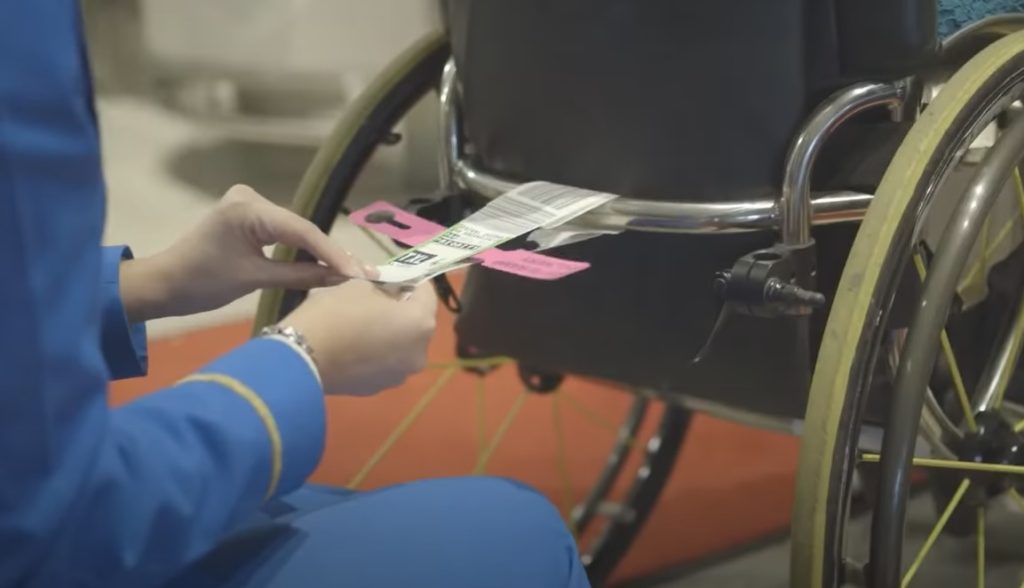The safe and efficient transport of mobility equipment was identified as an important area for improvement by airlines, collaboration with industry stakeholders and disability organisations.
The International Air Transport Association (IATA) has announced new guidelines to help airlines and ground handlers transport mobility equipment safely and efficiently and improve the travel experience for passengers with disabilities. Providing safe, reliable and dignified transportation for passengers with disabilities is a priority for airlines that was endorsed by a unanimously approved resolution at IATA's 75th Annual General Assembly in 2019. The safe and efficient transportation of mobility equipment was identified as a important area for improvement by airlines, collaboration with industry stakeholders and disability organisations.
“Airlines are committed to ensuring that passengers with disabilities can travel with dignity, confidence and comfort. Working with representatives of the disability community, we identified the urgent need for new protocols to improve the transportation of mobility aids. This new guideline, prepared in collaboration with key players in the travel chain, will improve service and significantly reduce damage to these vital devices, which are often an extension of the body of a passenger with a disability.”
Nick Careen, IATA's Senior Vice President for Operations, Safety and Security.
Key elements of the new guidance include:
- Improved booking and information exchange processes, including the use of Special Service Request (SSR) and Passenger Name Requirement (PNR) codes to provide advance information on mobility equipment specifications.
- A recommendation to create an electronic mobility device tag, attached to the mobility device and containing technical information that will help airlines and ground handlers transport the device safely.
- Advice to airlines on developing a communication toolkit for interacting with passengers with disabilities, including a clearly signposted and accessible website.
- Best practices for loading, retrieving and returning mobility equipment.
- A recommendation for specially specialized platform personnel to be trained and deployed to handle mobility aids.
- Guidelines for properly resolving cases where mobility equipment is damaged.
- Revised and improved training of ground handlers and airline personnel.

“Experience shows that communication is the key to better handling of mobility aids. This guide describes steps for passengers, airlines and the travel chain to exchange information at each stage of the journey. It will help airlines perform better and give passengers using mobility aids more confidence. We will work with our members and stakeholders to operationalize these guidelines, and industry will reach out to policymakers to encourage harmonization with national regulations.”
Nick Careen, IATA's Senior Vice President for Operations, Safety and Security.
The guidelines reflect and build on industry best practices and will continue to be reviewed and expanded before evolving into industry standards. Other aspects include airport design recommendations to meet accessibility standards, as well as specific guidelines to ensure compliance with the Dangerous Goods Regulations (for lithium battery powered devices), as well as step-by-step instructions for the safe and secure charging of mobility equipment on board. IATA.



